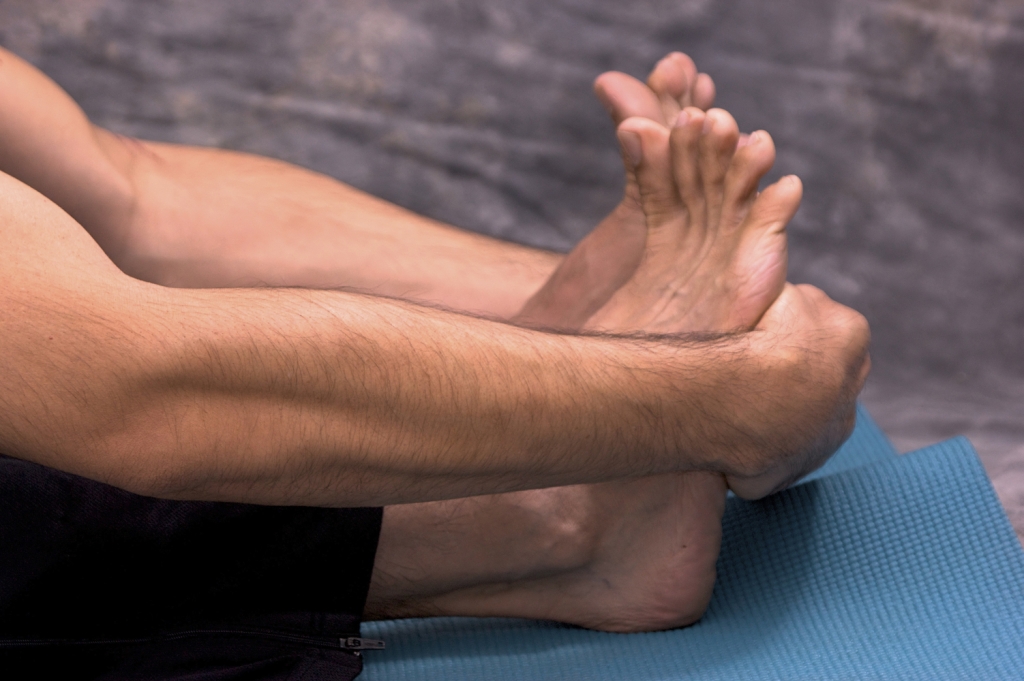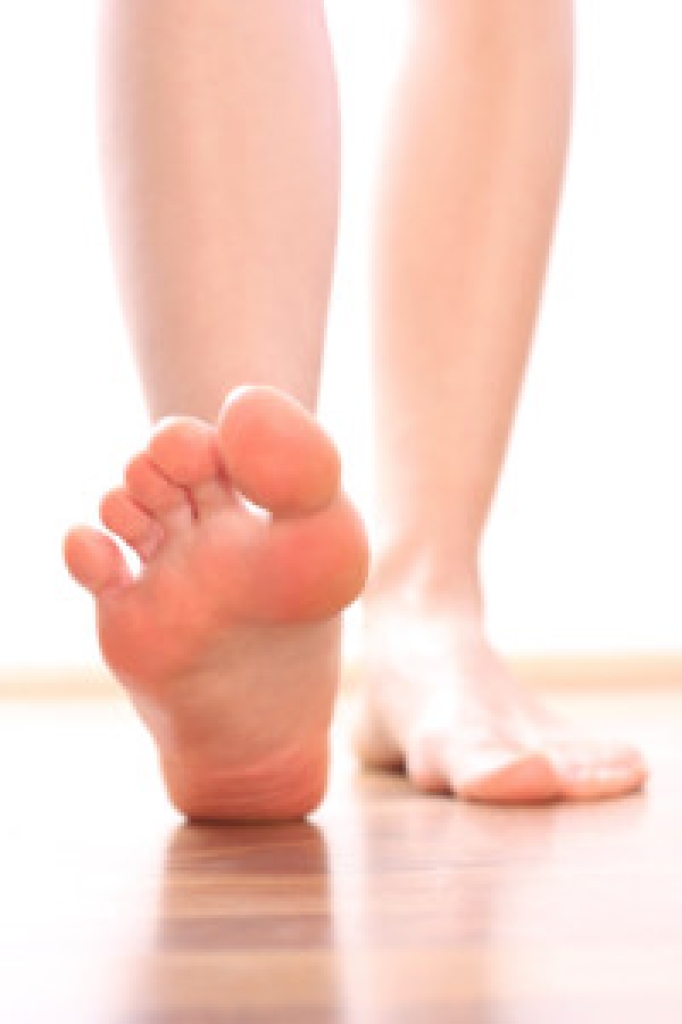The arch of the foot is a frequent site of foot pain. Fortunately, some of this pain can be relieved through stretching the feet. You can stretch the plantar fascia, which runs along the bottom of the foot and helps form the arch, by sitting in a chair with the affected foot raised on top of the opposite knee. Firmly but gently grasp the heel in one hand and the toes in the other hand and pull your heel towards the body while pulling your toes back. Hold this stretch for 15 to 30 seconds and repeat two to four times. You should feel a stretch along the bottom of your foot. If you are experiencing persistent arch pain, it is suggested that you seek the care of a podiatrist.
Stretching the feet is a great way to prevent injuries. If you have any concerns with your feet consult with Cary Golub, DPM from New York. Our doctor will assess your condition and provide you with quality foot and ankle treatment.
Stretching the Feet
Being the backbone of the body, the feet carry your entire weight and can easily become overexerted, causing cramps and pain. As with any body part, stretching your feet can serve many benefits. From increasing flexibility to even providing some pain relief, be sure to give your feet a stretch from time to time. This is especially important for athletes or anyone performing aerobic exercises, but anyone experiencing foot pain or is on their feet constantly should also engage in this practice.
Great ways to stretch your feet:
- Crossing one leg over the others and carefully pull your toes back. Do 10-20 repetitions and repeat the process for each foot
- Face a wall with your arms out and hands flat against the wall. Step back with one foot and keep it flat on the floor while moving the other leg forward. Lean towards the wall until you feel a stretch. Hold for 30 seconds and perform 10 repetitions for each foot
- Be sure not to overextend or push your limbs too hard or you could risk pulling or straining your muscle
Individuals who tend to their feet by regular stretching every day should be able to minimize foot pain and prevent new problems from arising.
If you have any questions please contact our offices located in Williston Park, and Long Beach, NY . We offer the newest diagnostic and treatment technologies for all your foot and ankle needs.





